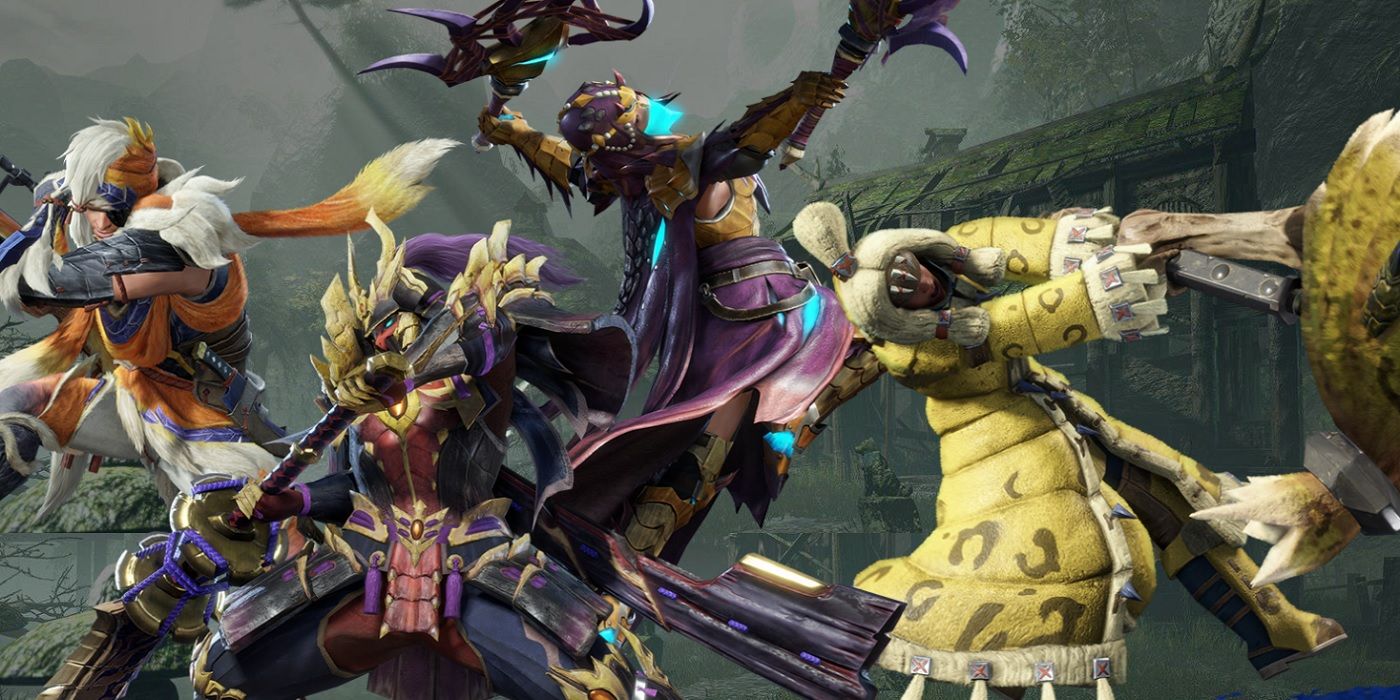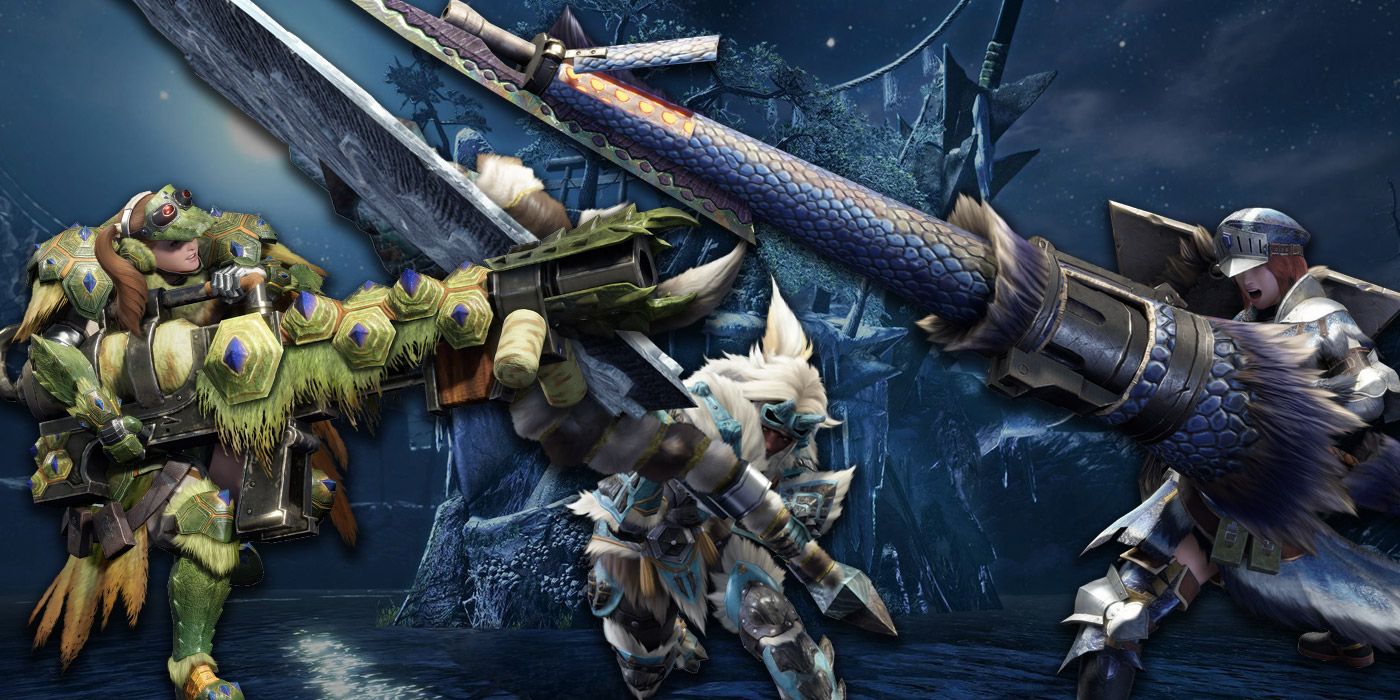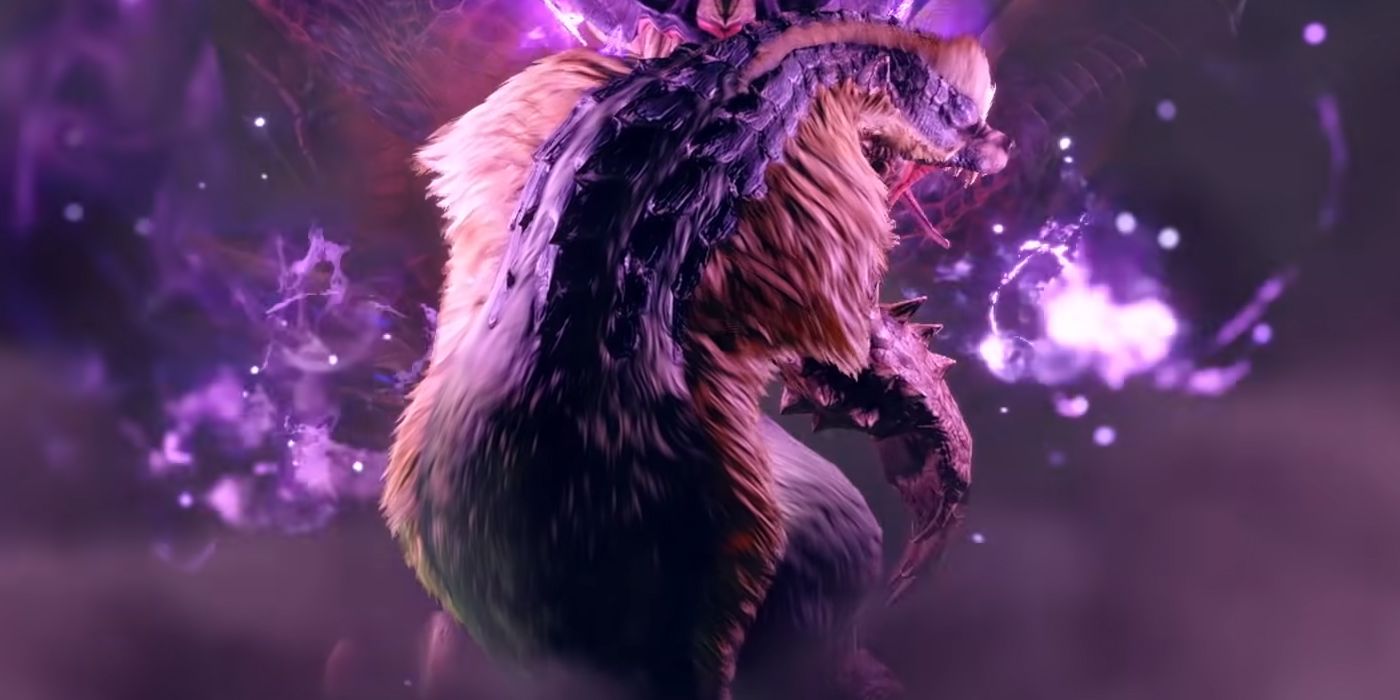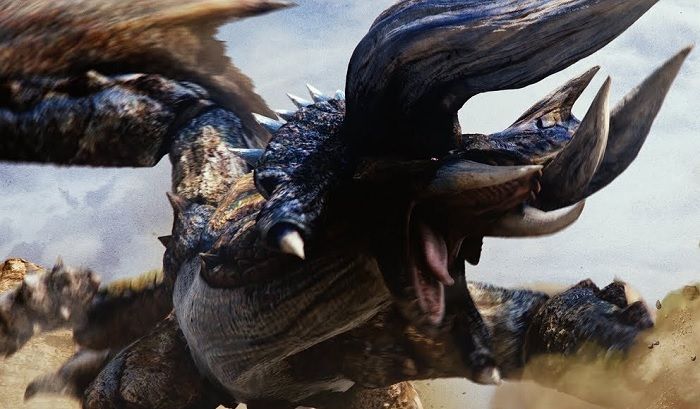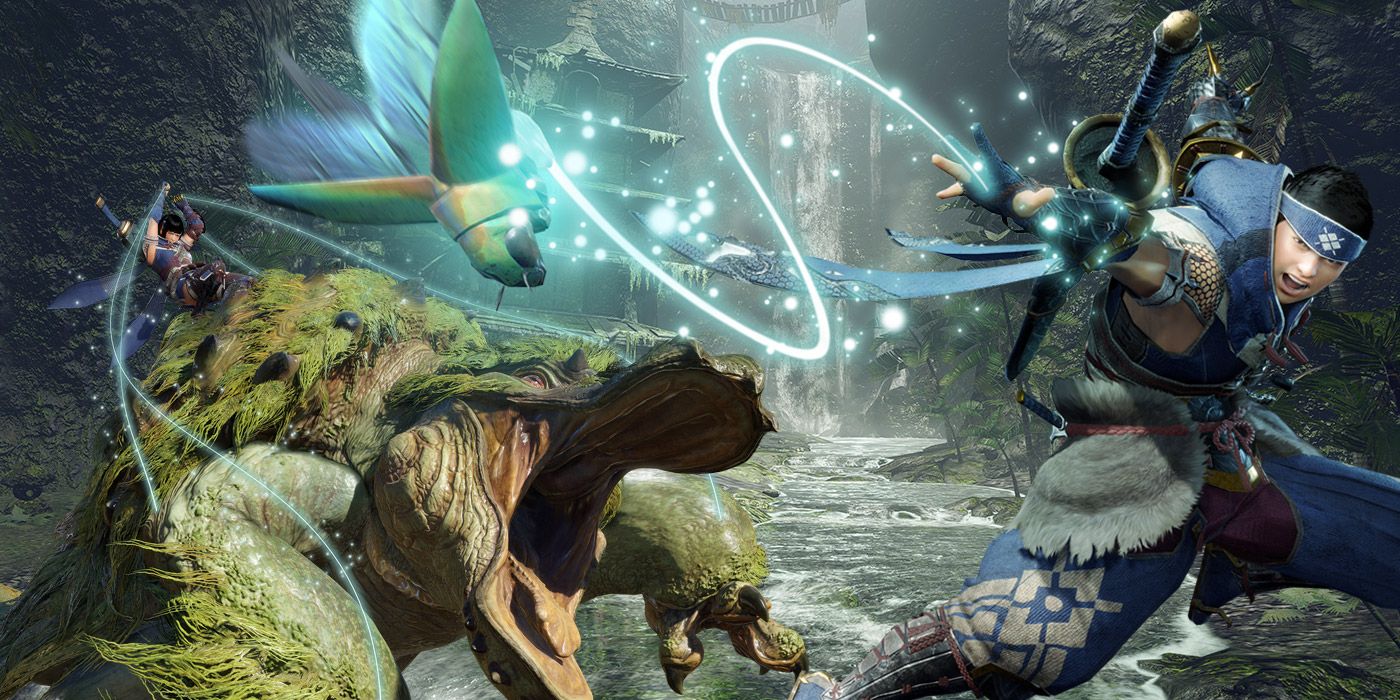As players prepare to jump into Monster Hunter Rise, new and veteran players are going to have to face one of the most difficult challenges faced by the series' RNG systems. That would be the notorious "Desire Sensor" that players dread might attempt to extend their playtimes while making the process of building new armor and weapons in Monster Hunter feel nearly impossible.
This dubious mechanic can supposedly detect what players want or need in order to create certain pieces of gear and denies them the reward their looking for until a certain threshold of time or monster kills passes. Players still lament the Desire Sensor in titles as recent as Monster Hunter World, with players worried about how it will be implemented in Monster Hunter Rise.
The biggest problem with the Desire Sensor, however, is the simple fact that it doesn't actually exist in any of the Monster Hunter games, no matter how much players swear by it. In reality, the "feature" is little more than superstition combined with confirmation bias that fans made up based on the most frustrating aspects of RNG loot systems. However, as much as the actual mechanics and systems that fuel this myth can make special items in Monster Hunter Rise seem impossibly rare, it really is a stronger feature than what most games with a similar gameplay loop use.
Defining the Desire Sensor
This Desire Sensor, as fans know it, is a feature that supposedly exists within the code of Monster Hunter and tries to anticipate what loot players are looking for. It will then intentionally keep the items from spawning until the specific monster it drops from has been hunted dozens of times, sometimes over the course of days. These are usually rare monster parts like plates and gems, though other more basic items in Monster Hunter might also become elusive if the rare stuff has already been found.
The result of this "mechanic" is that players will sometimes give up on hunts because they believe that the Desire Sensor is keeping them from finding loot. Sometimes, superstitious players will even take this to the extreme and disregard helpful features that actually exist in the game, such as the Wishlist tracking system, over fears of telling the game specifically what they're looking for. However, one positive benefit of this could mean hunting new monsters in Monster Hunter Rise after giving up on the enemies that don't seem to be dropping the materials players want.
Debunking the Myth
In truth, the Desire Sensor doesn't exist, though Capcom is very clearly aware of the ongoing myth about what some players consider to be one of the most difficult systems to fine tune. Capcom has explicitly denied its existence in the past.
Diving a little deeper, it's kind of obvious where this came from: confirmation bias. Even games with strong loot mechanics like Borderlands 3 can succumb to this type of interpretation because of a simple fact that it's difficult to really understand what probabilities actually mean. For example, a 50% drop chance doesn't mean that players will get an item for one of every two enemies they defeat, it means each enemy gives a coinflip on each spread of loot, which could mean beating ten enemies and getting nothing.
Benefits of Monster Hunter's Loot System
While the loot system in Monster Hunter can be daunting and frustrating at times, with dozens of monster parts and general materials to keep track of, it's one of the more rewarding and fair methods out there. Everyone always has a set chance to find any of a monster's drops as long as the hunt is successful, no matter how well they do in the fight or what parts break. However, the key factor of part breaking can completely change how players approach any specific monster, with tail cuts and horn breaks offering more chances at specific parts that might be more rare than others.
One specific enemy that stands out in this way is Monster Hunter's Diablos, a mainstay from the series that's become almost as iconic as the Ratholos. It's entirely possible for the Diablos' horns, sometimes just called "Diablos Horn" or "Twisted Horn", from a standard kill, though the chances are incredibly low. So, if that is what a player is hunting, then they can break the horn themselves in order to bypass the RNG and this invisible Desire Sensor in order to guarantee that the rare monster part drops as a rewards.
Tempering Expectations
Of course, while the Desire Sensor itself isn't actually real, the anecdotal evidence that players often cite as their reasoning for believing in it is absolutely true. It is entirely possible to hunt Monster Hunter Rise's newest monsters dozens of times without ever getting that one piece of loot that will net a new weapon or finish out an armor set. This is the nature of any RNG loot that is meant to make players engage with the systems more, even if the result can sometimes lead to hunting the same monster over and over.
So, especially for new players, it's important to remember one aspect that fans have tied to what they believe the Desire Sensor is meant to incentivize them to do. Players can go hunt other monsters, or head out on expeditions to farm up some of the basic gathering materials, or finish up separate quests that aren't related to whatever piece of gear has become so enticing. There's a whole host of rampaging monsters in Monster Hunter Rise, and getting stuck on one enemy in order to find one piece of gear might spoil an experience that would be better used exploring everything else the game has to offer.
Monster Hunter Rise is set to release on March 26th, 2021, for Switch.

